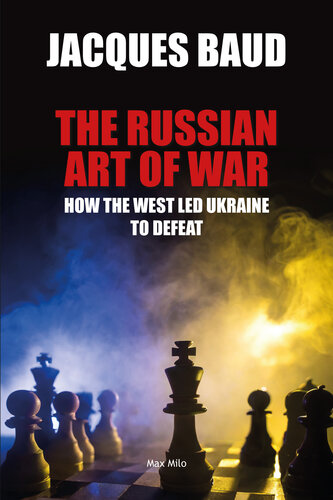A 98-year old was given standing ovation by the Canadian parliament during Zelensky's speech. He was hailed as a hero for fighting against the Russians. Yaroslav Hunk fought for the 14th division of the Waffen SS. The Pakistan army till 1965 by Agha H Amin | Sep 18, 2023 Paperback $39.99 $ 39 . 99 You Earn: 40 pts Delivery Thu, Oct 19 Ships to Pakistan Ages: 5 years and up ATLAS OF RUSSO TURKISH WARS FROM 1676 TO 1918 Volume 3 Russo Turkish War of 1711: The greatest Russian Blunder when Russia only saved by Greed of ... interest was sold for 50,000 Pounds Sterling by Agha H Amin | Mar 29, 2020 Paperback $4.33 $ 4 . 33 List: $39.00 $39.00 You Earn: 5 pts Delivery Thu, Oct 19 Ships to Pakistan Tariq Rahman’s, Pakistan's Wars , Critically examined and reviewed by Agha H Amin | Sep 12, 2023 Paperback $39.99 $ 39 . 99 You Earn: 40 pts Delivery Mon, Oct 23 Ships to Pakist...



Comments
Post a Comment
Only substantial and serious comments will be accepted .